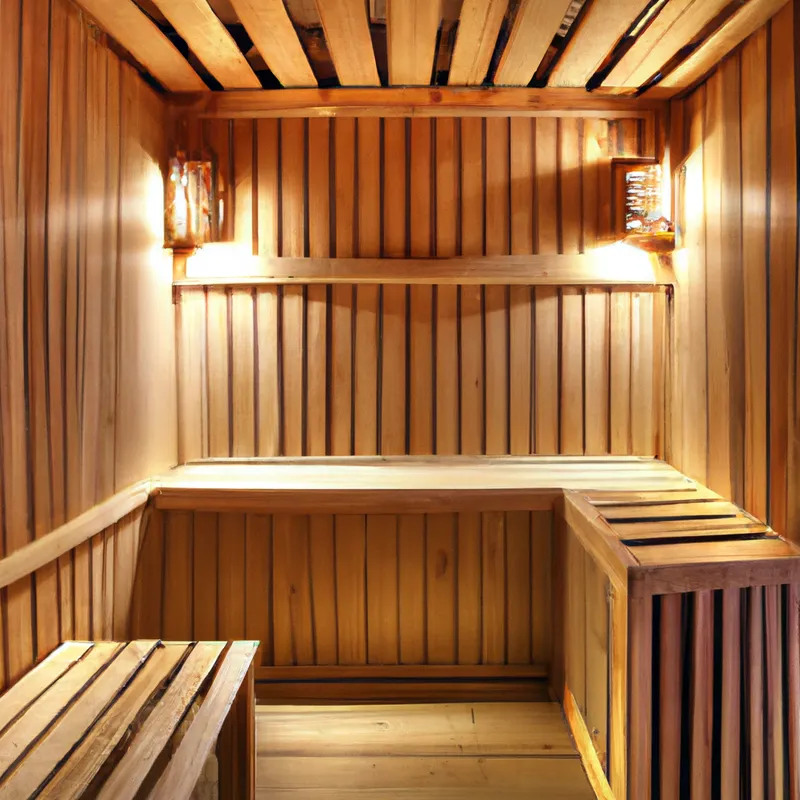Celebrate the Rich History of Sauna Rituals
The Historical Use of Saunas in Various Cultures Around the World
Saunas have a rich history across centuries and continents. They serve as relaxation spots and vital cultural rituals. From Finland’s icy landscapes to Turkey’s steam-filled rooms, saunas play unique roles in societies. Let’s explore the historical significance of saunas and their benefits.
The Finnish Sauna: A Tradition of Community
Finland often claims the title of sauna’s birthplace. Historical records indicate saunas have existed there for over 2,000 years. Traditionally, builders used wood and heated stones. People gathered to cleanse their bodies and minds.
The Finnish sauna serves as more than a bathhouse. It acts as a communal space for families and friends. People often hold discussions or conduct business meetings in the sauna. This practice emphasizes the sauna’s role in fostering relationships.
Rituals and Customs
In Finland, sauna rituals commonly include cold water dips after hot sessions. This practice invigorates the body and enhances circulation. Many Finns value silence in the sauna. Respecting this tradition encourages mindfulness and reflection.
The Turkish Hamam: A Cleansing Experience
The Turkish hamam, or steam bath, has roots in ancient Rome and Greece. However, it evolved into a unique experience in Turkey. The hamam serves as a social hub for relaxation and cleansing.
Typically, the process starts with a hot steam session. Afterward, patrons enjoy massages and scrubs. This routine cleanses the body and promotes social interaction. In the hamam, people discuss daily life and important decisions.
Cultural Significance
The hamam holds deep cultural significance in Turkey. It symbolizes cleanliness and hospitality. Families often celebrate significant events, like weddings, in the hamam. The atmosphere fills with laughter and camaraderie, making it a cherished tradition.
The Russian Banya: Heat and Healing
The banya is a traditional Russian sauna that has existed for centuries. It features a wood-burning stove that heats the room. People use birch or oak branches, called “venik,” to enhance their experience. The branches improve circulation and provide a unique aroma.
The banya serves as a relaxation and recovery space. Many Russians believe in steam’s healing powers. They often combine banya visits with herbal teas and cold plunge baths. This hot-cold contrast rejuvenates and invigorates.
Health Benefits
Research shows regular banya visits can improve cardiovascular health. Heat dilates blood vessels and enhances circulation. Additionally, it alleviates muscle soreness and stress. The banya serves as a sanctuary for physical and mental well-being.
The Native American Sweat Lodge: A Spiritual Journey
Native Americans have long used sweat lodges for purification and spiritual connection. These dome-shaped structures consist of natural materials. The ceremony involves heating stones and pouring water over them to create steam. Participants enter to cleanse themselves physically and spiritually.
The sweat lodge experience holds deep spiritual significance. It often includes prayers, songs, and storytelling. This communal aspect fosters unity among participants. Moreover, it encourages introspection and personal growth.
Holistic Healing
The sweat lodge serves as a holistic healing space. Participants report feeling lighter and more connected after the ceremony. Intense heat helps release toxins, while spiritual elements promote emotional healing.
Conclusion
Saunas play vital roles across cultures. From Finnish saunas to Turkish hamams, each type offers unique experiences and benefits. They provide spaces for relaxation, social interaction, and spiritual cleansing.
Incorporating sauna practices into your routine can yield significant health benefits. Whether seeking community, relaxation, or healing, saunas deliver rich cultural experiences. Consider visiting a sauna or creating a similar experience at home. You might find it essential for your wellness journey.
Below are related products based on this post:
FAQ
What are the primary cultural roles of saunas in different societies?
Saunas serve as relaxation spots and vital cultural rituals in various societies. In Finland, they act as communal spaces where people gather to cleanse their bodies and minds, often engaging in discussions or business meetings. The Turkish hamam functions as a social hub for relaxation and cleansing, while the Native American sweat lodge is used for purification and spiritual connection, fostering unity among participants.
How do saunas contribute to physical and mental well-being?
Saunas, including the Finnish sauna, Turkish hamam, and Russian banya, offer numerous health benefits. Regular visits can improve cardiovascular health by enhancing circulation, alleviate muscle soreness, and reduce stress. Additionally, the heat and communal aspects of these practices promote relaxation and a sense of connection, contributing to overall mental well-being.
What unique rituals are associated with saunas in different cultures?
Each sauna tradition has its unique rituals. In Finland, it is common to take cold water dips after hot sessions to invigorate the body. The Turkish hamam experience often includes massages and scrubs following steam sessions, while the Russian banya incorporates the use of birch or oak branches to enhance the experience. Native American sweat lodges involve rituals like prayers, songs, and storytelling, emphasizing spiritual cleansing and personal growth















Post Comment